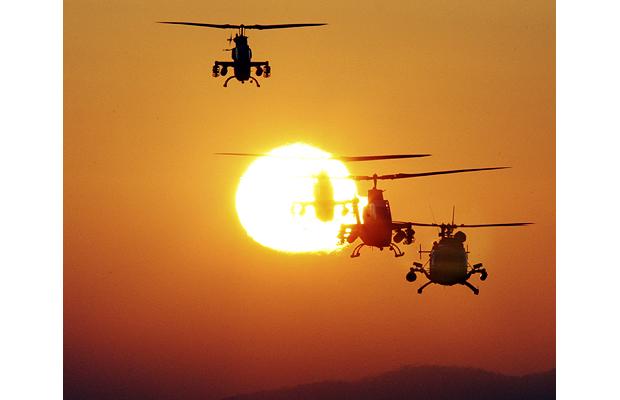Under tight budgetary environment global defence industries are experiencing another threat to their growth: unexpected competition arising from rapid innovations in the commercial of the shelf (COTS) technologies. This is more relevant to C4ISR, being a complex web of high-tech sub-systems. As traditional defence markets no longer offer reliable growth opportunities global defence integrators are being forced to develop business in adjacent markets including new geographies, industries and end-users.
According to Frost & Sullivan research, countries can be broadly categorised into three types according to the level of C4ISR capability: Advanced, Transitioning and Limited Capability. Frost & Sullivan predicts that each Advanced Market, including the US and major European countries, among a few others will spend at least USD 500 million each year between 2012 and 2021 on C4ISR capabilities.
Despite this, their market shares to global C4ISR are expected to decline in the study period. Frost & Sullivan consultant, Sabbir Ahmed, explains that this phenomenon is “not so much attributed to a reduction in Western market expenditure but rather significant investment growth in most Transitioning Markets.” Maturing countries such as Brazil, Russia, India, China, Saudi Arabs, among others are the Transitioning Markets with significantly higher growth rates in C4ISR spending over the period mentioned.
Defence majors pursue geographical expansion, which Mr. Ahmed sees as a “sound strategy given than defence budgets in the Transitioning Markets are on the rise due to economic growth.” These countries have demand in integrated Land C4ISR systems such as armoured vehicles with on-board computing systems. There is also increasing demand for special mission airborne systems that provide situational awareness and superiority.
Adjacent markets such as Security and Transportation also provide opportunity for defence organisations, as they keep improving value for money by using less expensive, Commercial Off-The-Shelf (COTS) technologies. Defence majors could also benefit from providing restrictive products, which are in demand in the Transitioning markets, such as self protective and electronic warfare suites, unmanned systems and advanced simulation equipment.
As market outsourcing has become common, the industry needs to address future capability gaps through outsourcing part of the works from Transitioning markets. Organizations also need to factor in ever increasing geo-politics in this connected world. It has become common for Advanced Markets to sponsor Transitioning Markets. For example, the US-Brazil Defence Strategic Dialogue aims to keep Brazil under US influence, while Brazil benefits from technology transfer. This has also been the main driver to US Foreign Military Sales (FMS) across the Middle East and APAC region.
With more Transitioning countries in the market looking at transforming their force’s capabilities through advanced C4ISR applications, many defence companies will be able to sustain growth even though the Western markets now offers limited growth opportunities. “Defence Primes need to work with end-users, decision makers and influencers to shape demand in these markets; they need to push for less complex C4ISR systems for land-based applications at the initial stage of Force’s development, and more complex systems for airborne/ship-board/space-based applications at the mature stage of development,” advices Mr. Ahmed.
Defence major’s go-to-market strategy should also emphasize on forging true partnership in ‘Transitioning Markets’. “Those companies willing to transfer and license technologies and to form joint ventures will be well positioned to succeed,” Mr Ahmed believes. Also equally imperative for the defence majors is to participate in US state-sponsored FMS, as domestic market would continue to shrink until at least 2017.











